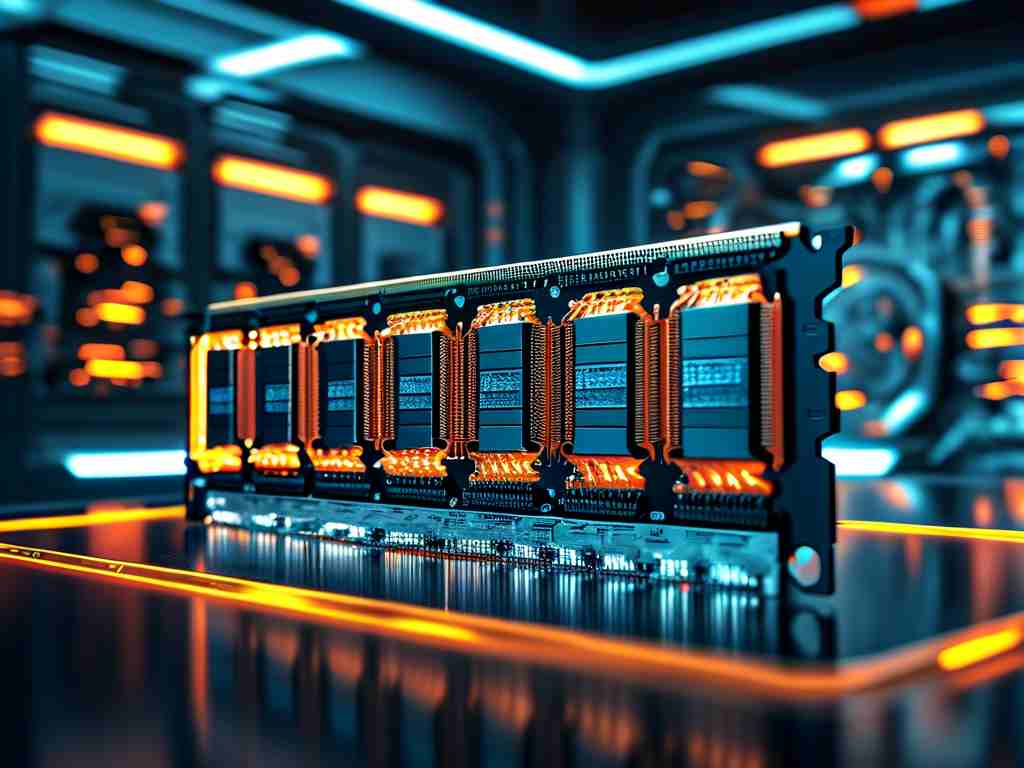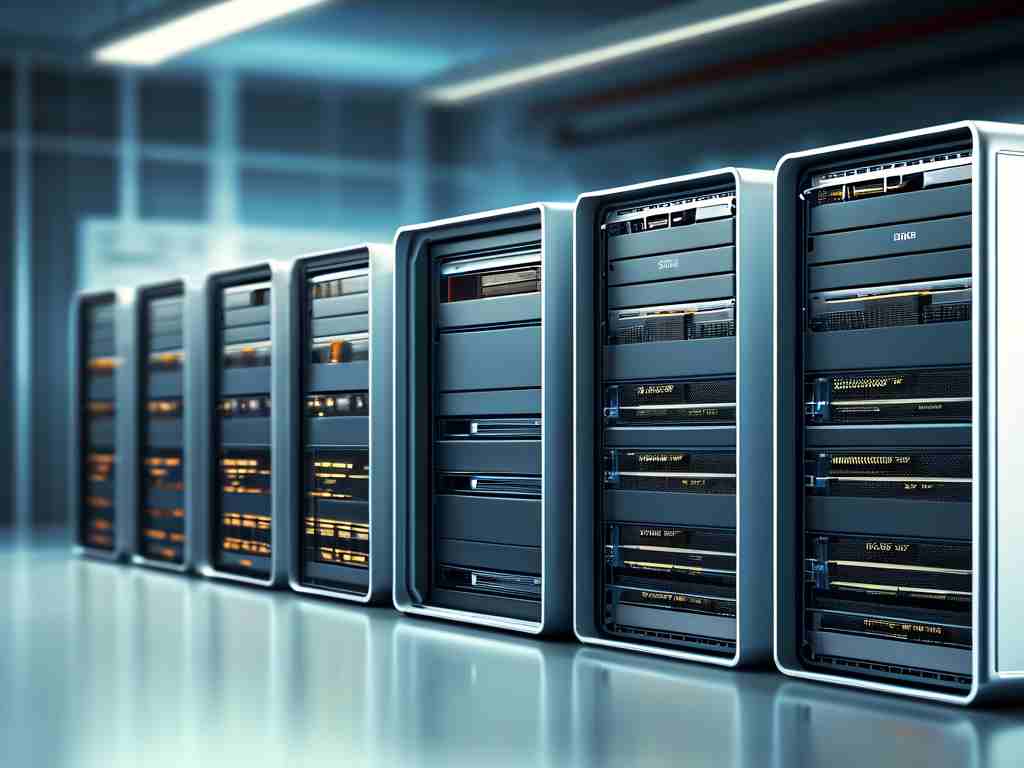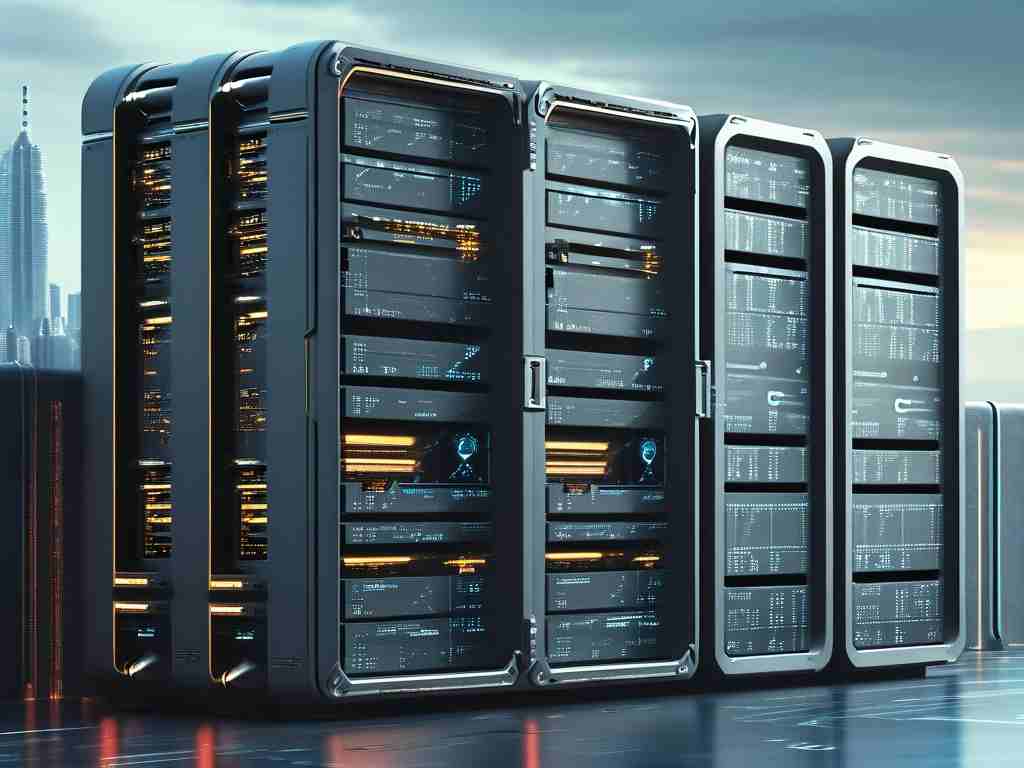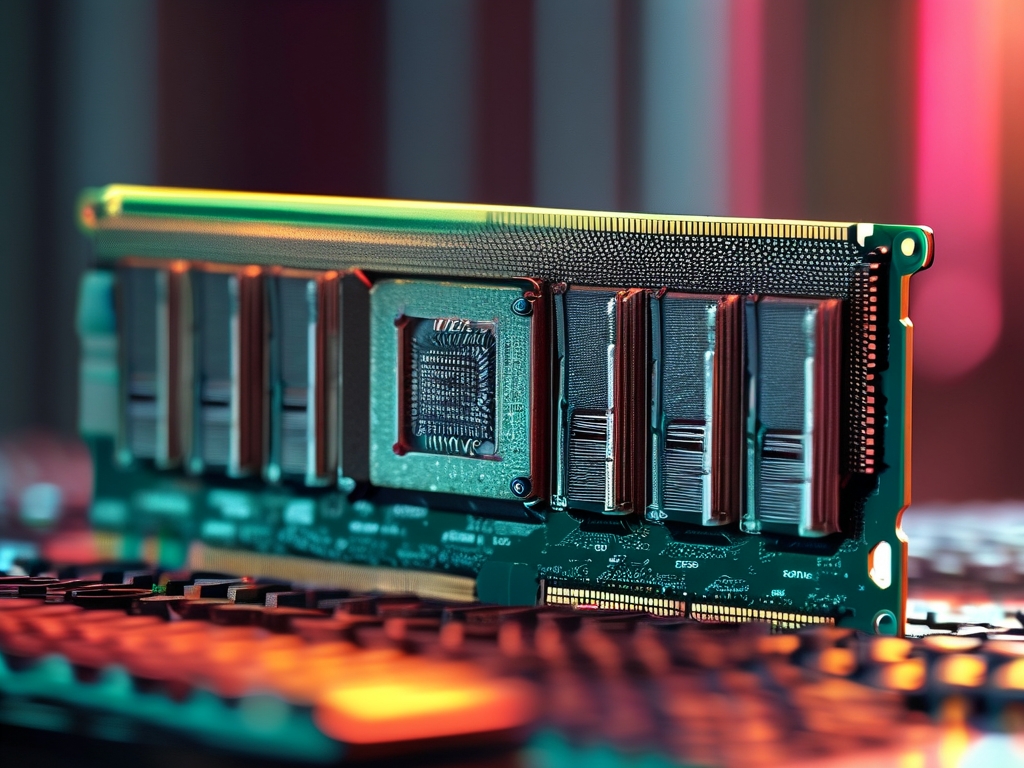When discussing computer hardware specifications, terms like "8GB RAM" and "512GB SSD" frequently appear. At first glance, both use similar measurement units – gigabytes (GB) – leading many to wonder: do external storage (like hard drives) and memory (RAM) actually share identical computational measurement standards? This article explores the technical nuances behind these components and clarifies common misconceptions.

Fundamental Differences in Purpose
Memory (Random Access Memory) and external storage serve distinct roles in computing systems. RAM operates as temporary workspace for active processes, enabling quick data access for the CPU. In contrast, storage devices like SSDs or HDDs preserve data persistently, retaining information even when powered off. While both use bytes as base units (kilobyte, megabyte, gigabyte), their operational contexts create significant divergences in how these measurements translate to real-world performance.
Measurement Standards and Practical Implications
The International System of Units (SI) defines storage capacities using decimal prefixes: 1GB = 1,000,000,000 bytes. However, memory manufacturers employ binary prefixes (1GiB = 1,073,741,824 bytes), though they often incorrectly label these as "GB." This discrepancy stems from historical conventions where memory chips naturally align with binary addressing systems. For example, a "16GB" RAM module actually contains 16 gibibytes (GiB), roughly 17.18 billion bytes – a 7.3% difference from the SI definition.
Storage devices typically advertise decimal units, meaning a 1TB drive stores exactly 1,000,000,000,000 bytes. This practice creates visible gaps between reported capacity and usable space in operating systems, which frequently display binary-based measurements. A 1TB drive might show as ~931GB in Windows, highlighting the unit standardization challenge across components.
Performance Metrics Beyond Capacity
While both components use similar base units, their performance benchmarks differ radically. Memory speed gets measured in megahertz (MHz) and latency timings, reflecting how quickly data becomes available to the CPU. Storage devices prioritize sequential read/write speeds (MB/s) and input/output operations per second (IOPS). These contrasting metrics underscore how identical capacity units serve different engineering priorities – RAM emphasizes instantaneous access, while storage focuses on sustained throughput.
Technological Evolution Trends
Emerging technologies further blur traditional boundaries. Non-Volatile Memory Express (NVMe) storage now achieves speeds approaching 7,000 MB/s – comparable to older DDR2 RAM modules. Meanwhile, new memory types like Storage Class Memory (SCM) aim to bridge the gap between volatile and non-volatile storage. Such innovations challenge conventional measurement frameworks, prompting industry discussions about standardized performance labeling that accounts for both capacity and operational characteristics.
Practical Considerations for Users
Understanding these distinctions helps consumers make informed decisions. When upgrading a laptop, doubling RAM from 8GB to 16GB directly impacts multitasking capability, while increasing SSD storage from 256GB to 512GB primarily affects long-term data retention. The identical "GB" labeling can be misleading – a system with ample storage but insufficient memory will still suffer performance bottlenecks, and vice versa.
Industry Standardization Efforts
Organizations like the International Electrotechnical Commission (IEC) have introduced explicit binary prefixes (KiB, MiB, GiB) to resolve confusion, but adoption remains inconsistent. Memory manufacturers gradually shift toward precise labeling, while storage companies maintain decimal units for marketing consistency. This dual standard persists due to entrenched industry practices and consumer familiarity with traditional terminology.
In , while external storage and memory share common base measurement units, their implementation diverges in both technical execution and practical application. The ongoing evolution of computing hardware ensures this relationship will continue to develop, demanding increased clarity in technical specifications to empower users and professionals alike.







